Designing and manufacturing waveguides for smartglasses is a complex process, but DigiLens wants us to know that they have a software solution that partially solves that problem.
In a new video, which explains its approach to the process, the company gives us a peek at prototype smartglasses fitted with its waveguide displays.
- Don't Miss: Pokémon GO Maker Niantic Looks to Smartglasses Future with Investment in AR Display Maker DigiLens

The smartglasses share a similar form factor as North's Focals and Vuzix's Blade, though less fashionable than the former and with a more standard eyeglasses styling than the latter.

However, the intent of the video isn't to tease what DigiLens-equipped smartglasses will look like, but rather to convince customers (and, likely, investors) that its technology is dependable with regard to precision engineering and delivering visuals that are consistently rendered wherever the user's eye wanders within the display's eye box.

To ensure uniformity and precision design, DigiLens employs a custom ray tracing plug-in for the Zemax OpticalStudio CAD platform that models waveguide performance based on the materials DigiLens uses to produce its displays. The software gives engineers flexibility in modifying multiple variables in waveguide display design. DigiLens also makes the ray tracing software available to customers who license the waveguide technology.

The Zemax designs are literally printed onto the display, with an industrial inkjet printer applying the coatings for the waveguide components. Even within the production process, technicians have the flexibility to adjust parameters at the print head to ensure that the waveguides meet specifications.
This detailed explanation from DigiLens underscores that waveguide displays, despite a wide variety of vendors competing with DigiLens, such as WaveOptics and LetinAR, are far from a simple, uncomplicated commodity.
More importantly, what DigiLens' video illustrates is that smartglasses makers have to weigh numerous factors, including luminance, color output, field of view, design precision, quality of manufacturing, and cost per unit.
And beyond the specifics of the process, the video also gives us yet another hint that 2019 is going to be incredibly active compared to last year when it comes to new smartglasses hitting the market.
Just updated your iPhone? You'll find new features for Podcasts, News, Books, and TV, as well as important security improvements and fresh wallpapers. Find out what's new and changed on your iPhone with the iOS 17.5 update.
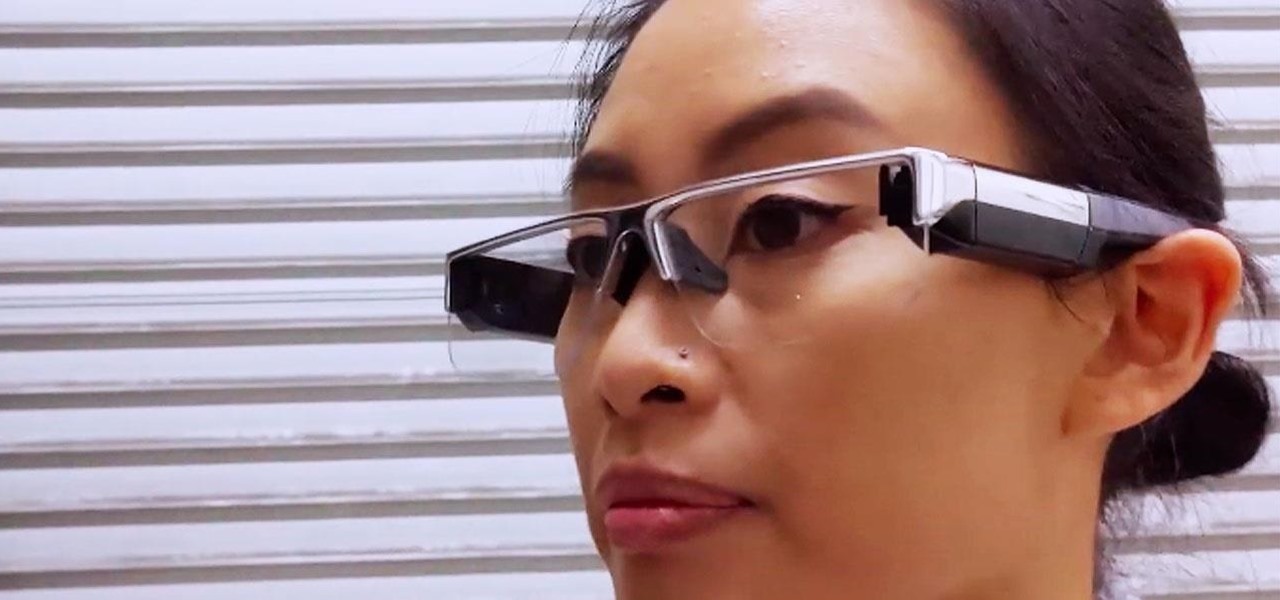


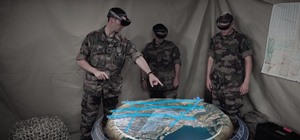
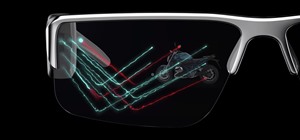

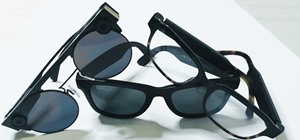





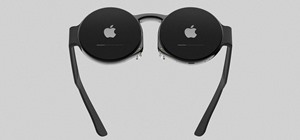




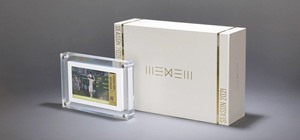

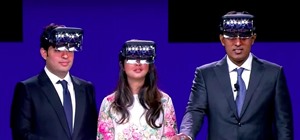



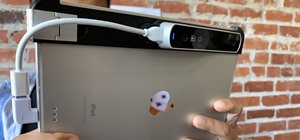

Be the First to Comment
Share Your Thoughts